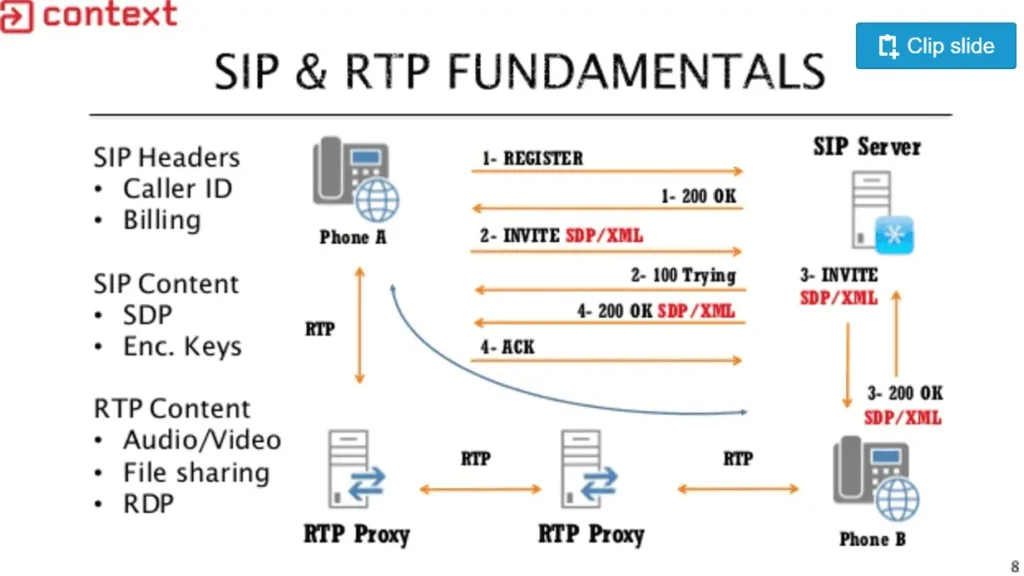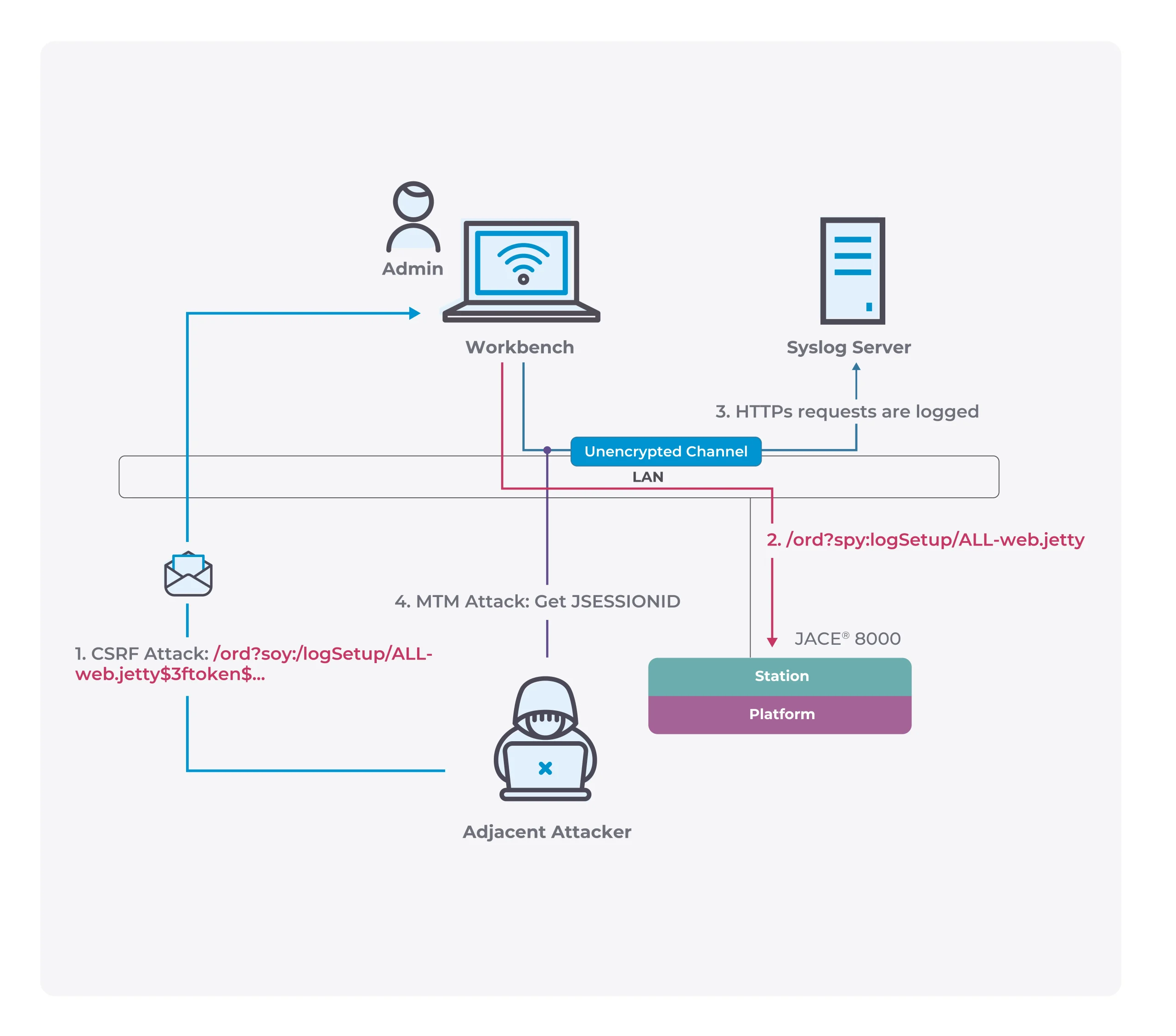What is Sippts?
Sippts is a suite of tools to audit VoIP servers and devices using SIP protocol. It is programmed in Perl script and it allows us to check the security of a VoIP server using SIP protocol.

A suite of tools for penetration test over SIP protocol
Sippts is a suite of tools to audit VoIP servers and devices using SIP protocol. Sippts is programmed in Perl script and it consists of:
- Sipscan Fast scanner for SIP services that uses multithread. Sipscan can check IP and port ranges and works with UDP or TCP.
$ perl sipscan.pl
SipSCAN - by Pepelux <pepeluxx@gmail.com>
-------
Usage: perl sipscan.pl -h <host> [options]
== Options ==
-m <string> = Method: REGISTER/INVITE/OPTIONS (default: OPTIONS)
-u <string> = Username
-s <integer> = Source number (CallerID) (default: 100)
-d <integer> = Destination number (default: 100)
-r <integer> = Remote port (default: 5060)
-proto <string> = Protocol (UDP or TCP - By default: UDP)
-ip <string> = Source IP (by default it is the same as host)
-v = Verbose (trace information)
-vv = More verbose (more detailed trace)
== Examples ==
$perl sipscan.pl -h 192.168.0.1
To search SIP services on 192.168.0.1 port 5060 (using OPTIONS method)
$perl sipscan.pl -h 192.168.0.1 -m INVITE
To search SIP services on 192.168.0.1 port 5060 (using INVITE method)
$perl sipscan.pl -h 192.168.0.0/24 -v -t tcp
To search SIP services on 192.168.0.0 network over TCP connection (using OPTIONS method)
$perl sipscan.pl -h 192.168.0.1-192.168.0.100 -r 5060-5070 -vv
To search SIP services on 192.168.0.100 ports from 5060 to 5070 (using OPTIONS method)
- Sipexten Identifies extensions on a SIP server. Sipexten uses multithread and can check IP and port ranges
$ perl sipexten.pl
SipEXTEN - by Pepelux <pepeluxx@gmail.com>
--------
Usage: perl sipexten.pl -h <host> [options]
== Options ==
-e <string> = Extensions (default 100-1000)
-s <integer> = Source number (CallerID) (default: 100)
-d <integer> = Destination number (default: 100)
-r <integer> = Remote port (default: 5060)
-p <string> = Prefix (for extensions)
-proto <string> = Protocol (UDP or TCP - By default: UDP)
-ip <string> = Source IP (by default it is the same as host)
-v = Verbose (trace information)
-vv = More verbose (more detailed trace)
== Examples ==
$perl sipexten.pl -h 192.168.0.1 -e 100-200 -v
To check extensions range from 100 to 200 (with verbose mode)
$perl sipexten.pl -h 192.168.0.1 -e 100-200 -p user
To check extensions range from user100 to user200
$perl sipexten.pl -h 192.168.0.0/24 -e 100 -r 5060-5080 -vv
To check extension 100 with destination port between 5060 and 5080 (with packages info)
- Sipcrack Remote password cracker. Sipcrack uses multithread and can test passwords for several users in IP and port ranges
$ perl sipcrack.pl
SipCRACK - by Pepelux <pepeluxx@gmail.com>
--------
Usage: perl sipcrack.pl -h <host> -w wordlist [options]
== Options ==
-e <string> = Extension (default from 100 to 1000)
-s <integer> = Source number (CallerID) (default: 100)
-d <integer> = Destination number (default: 100)
-r <integer> = Remote port (default: 5060)
-p <string> = Prefix (for extensions)
-proto <string> = Protocol (UDP or TCP - By default: UDP)
-ip <string> = Source IP (by default it is the same as host)
-resume = Resume last session
-w = Wordlist
-v = Verbose (trace information)
-vv = More verbose (more detailed trace)
== Examples ==
$perl sipcrack.pl -h 192.168.0.1 -w wordlist
Try to crack extensions from 100 to 1000 on 192.168.0.1 port 5060
$perl sipcrack.pl -h 192.168.0.0/24 -e 100-200 -p user -w wordlist -v
Try to crack extensions from user100 to user200 on 192.168.0.0 network
- Sipinvite Check if a server allows us to make calls without authentication. If the SIP server has a bad configuration, it will allow us to make calls to external numbers. Also, it can allow us to transfer the call to a second external number
$ perl sipinvite.pl
SipINVITE - by Pepelux <pepeluxx@gmail.com>
---------
Usage: perl sipinvite.pl -h <host> -d <dst_number> [options]
== Options ==
-d <integer> = Destination number
-u <string> = Username to authenticate
-p <string> = Password to authenticate
-s <integer> = Source number (CallerID) (default: 100)
-r <integer> = Remote port (default: 5060)
-t <integer> = Transfer call to another number
-ip <string> = Source IP (by default it is the same as host)
-v = Verbose (trace information)
== Examples ==
$perl sipinvite.pl -h 192.168.0.1 -d 100
Trying to make a call to exten 100 (without auth)
$perl sipinvite.pl -h 192.168.0.1 -u sipuser -p supersecret -d 100 -r 5080
Trying to make a call to exten 100 (with auth)
$perl sipinvite.pl -h 192.168.0.1 -s 200 -d 555555555 -v
Trying to make a call to number 555555555 (without auth) with source number 200
$perl sipinvite.pl -h 192.168.0.1 -d 555555555 -t 666666666
Trying to make a call to number 555555555 (without auth) and tranfer it to number 666666666
$perl sipinvite.pl -h 192.168.0.1 -d 555555555 -t 666666666 -s 123456789
Trying to make a call to number 555555555 (without auth) using callerid 123456789 and tranfer it to number 666666666
- Sipsniff Simple sniffer for SIP protocol that allows us to filter by SIP method type
$ perl sipsniff.pl
SipSNIFF - by Pepelux <pepeluxx@gmail.com>
--------
Usage: sudo perl -i <interface> sipsniff.pl [options]
== Options ==
-i <string> = Interface (ex: eth0)
-p <integer> = Port (default: 5060)
-m <string> = Filter method (ex: INVITE, REGISTER)
-u = Filter authentication digest
== Examples ==
$sudo perl sipsniff.pl -i eth0
$sudo perl sipsniff.pl -i eth0 -m INVITE
$sudo perl sipsniff.pl -i eth0 -u
- Sipspy Simple sip server that shows us digest auth requests and responses. Example:
[=>] 192.168.1.129:43455 REGISTER
[ Sending digest => WWW-Authenticate: Digest algorithm=MD5, realm="asterisk", nonce="405a7bc0" ]
[=>] 192.168.1.129:43455 REGISTER
[ Digest response => Authorization: Digest username="200", realm="asterisk", nonce="405a7bc0", uri="sip:201@192.168.1.129", response="e270e69d53011d2f1219b6dfe018743d", algorithm=MD5 ]
$ perl sipspy.pl -h
SipSPY - by Pepelux <pepeluxx@gmail.com>
--------
Usage: sudo perl sipspy.pl [options]
== Options ==
-p <integer> = Port (default: 5060)
-v = Verbose
- SipDigestLeak Exploits the SIP digest leak vulnerability discovered by Sandro Gauci that affects a large number of hardware and software devices. Sipspy is a fake SIP server that listens on port 5060/UDP and responds to REGISTER message authentication requests.
Download
git clone https://github.com/Pepelux/sippts.git
cd sippts
$ pip3 install .
Tutorial
Copyright (C) 2018 Pepelux
Source: https://github.com/Pepelux/






